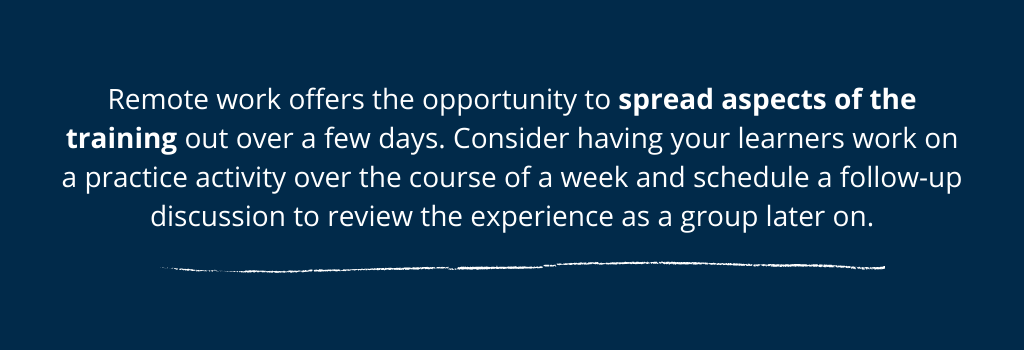You might also like
Leadership
Creating Facilitator Guides to Deliver Better Instructor-Led Trainings
Learn how to create a facilitator guide template that will work for any virtual instructor-led training.
Leadership
Driving Employee Performance with Virtual Instructor-Led Trainings
Check out best practices on creating an effective Virtual Instructor-Led Training that your facilitators and learners will love.
Handshake’s Playbook on Sales Certifications and Remote Training
Learn how Handshake rolled out a new product messaging framework, overhauled the entire sales motion and fully trained his team on a new virtual selling playbook.
Ready to Get Started?
Get in touch to learn how WorkRamp can help you achieve your training goals.
Request a Demo






